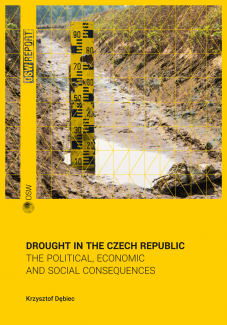Drought in the Czech Republic

The Czech Republic is an example of a state in which drought has become a key issue in public debate. In the Czech Republic, 2020 was the seventh consecutive year of a drought that is considered the most severe in 500 years, and which differs from the previous ones in that it is more prolonged and is characterised by considerably higher temperatures. At its peak, every fifth municipality was exposed to the risk of water scarcity, which was particularly evident in southern Moravia and in north-western regions. The situation is further complicated by the fact that for many years Prague was focusing on the construction of a flood control system and on the mitigation of the consequences of floods. At present, the Czech Republic has the smallest freshwater resources of all the inland EU member states. Despite a gradual improvement in the situation, recorded since May 2020, the problem involving groundwater scarcity has not been fully eliminated, and experts – taking account of long-term climate change trends and structural problems faced by the Czech agricultural and forestry sectors – are expecting a recurrence of an even more severe drought in a couple of years at the latest. A closer look at the Czech Republic’s struggle with drought may prompt more comprehensive analyses regarding the water management policy pursued in Central Europe, a region which is becoming increasingly affected by recurrent droughts.



